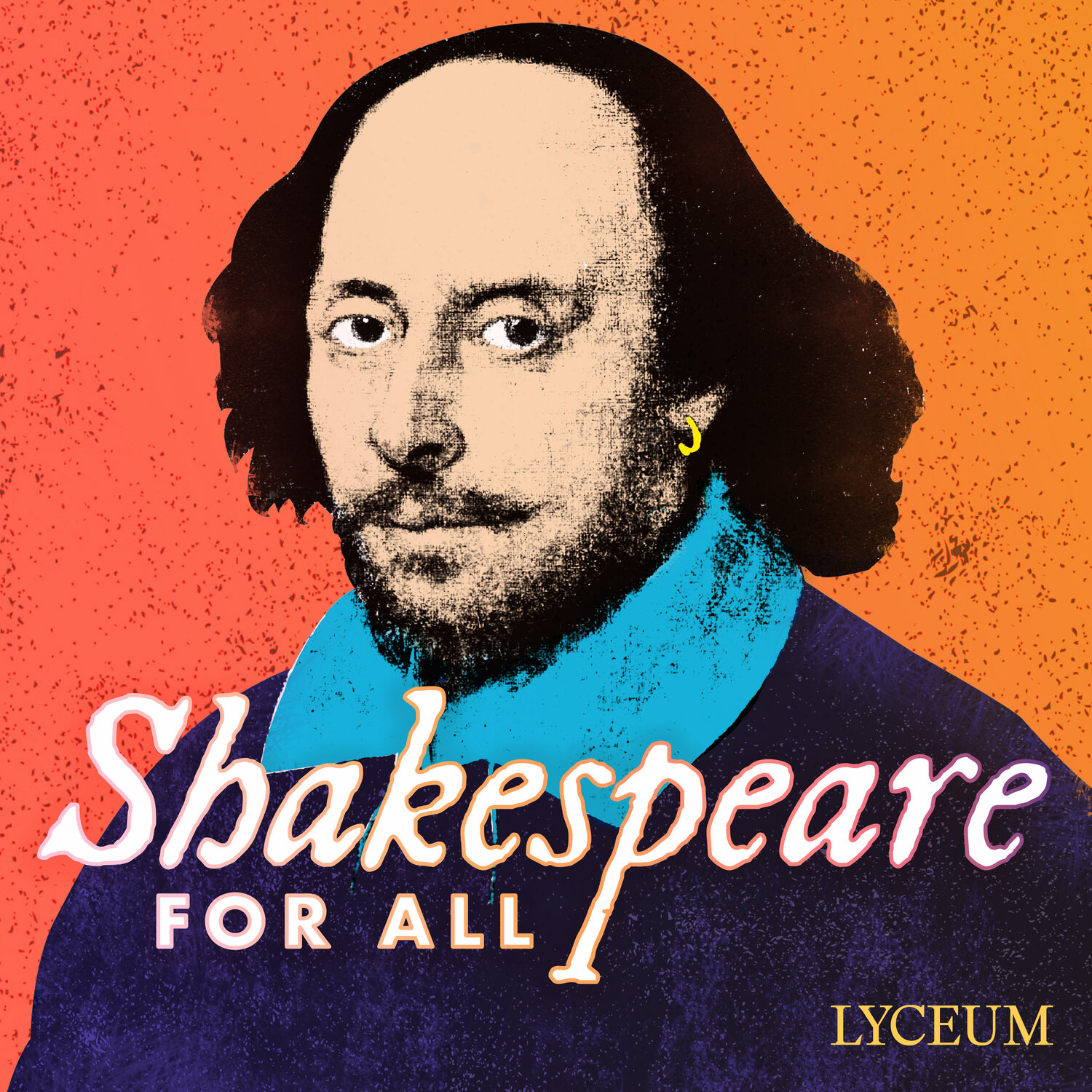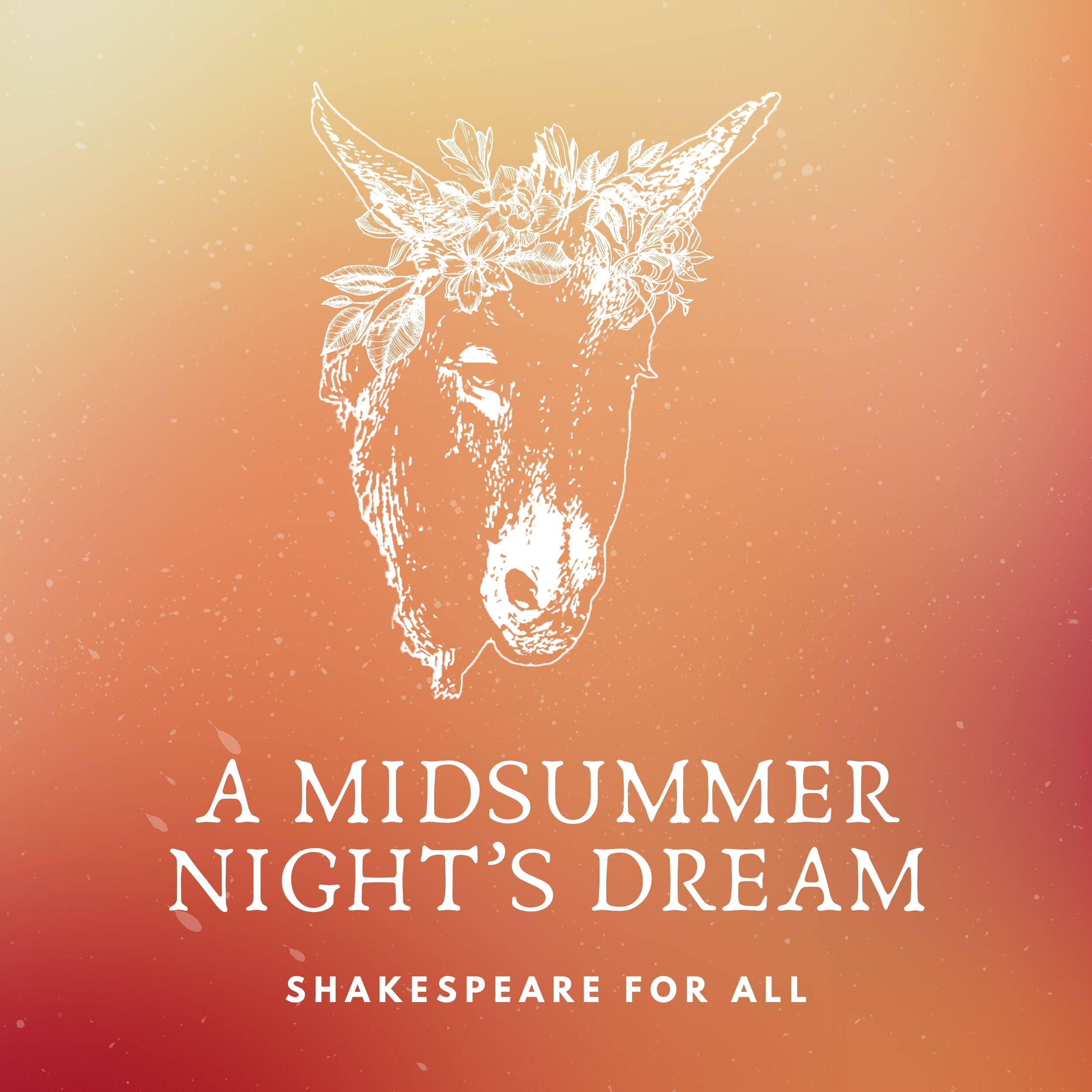A Midsummer Night’s Dream
“VERY TRAGICAL MIRTH”
What You'll Learn
The story of A Midsummer Night’s Dream and its relationship to performance history
The strategies Shakespeare uses to explore the tragic possibilities of love within a comic context
The key linguistic elements — such as meter, imagery, and allusion — that develop the play’s characters, themes, and setting
Course Outline
Episode 1 - A Midsummer Night’s Dream: The Story and the Context
Episode 2 - A Midsummer Night’s Dream: the Genre and the Questions
Episode 3 - A Midsummer Night’s Dream: the Language
Works Consulted for this Course
Belsey, Catherine. “A Midsummer Night’s Dream: A Modern Perspective.” Folger Shakespeare Library. <https://shakespeare.folger.edu/shakespeares-works/a-midsummer-nights-dream/a-midsummer-nights-dream-a-modern-perspective/>
Garber, Marjorie B. Shakespeare After All. New York: Pantheon Books, 2004.
Greenblatt, Stephen. “Introduction,” A Midsummer Night’s Dream, in Shakespeare, William. The Norton Shakespeare. Edited by Stephen Greenblatt, Walter Cohen, Suzanne Gossett, Jean E. Howard, Katharine Eisaman Maus and Gordon McMullan. 3rd ed. New York: W. W. Norton & Company, 2016.
Smith, Emma. This Is Shakespeare. New York: Pantheon Books, 2020.
A Midsummer Night’s Dream is one of Shakespeare’s most popular romantic comedies. At the same time, it’s a play that explores the darker and more dangerous side of love. Four young lovers flee into the forest where their romantic entanglements become even more entangled thanks to the magic of the fairy king, Oberon — who also puts a spell on his wife, Titania, so she falls in love with Bottom, a man with an enchanted donkey’s head. In this course, you’ll learn the story of A Midsummer Night’s Dream, discover how the play’s fantastical elements actually represent universal issues in our everyday lives, and hear the play’s key speeches performed and analyzed by world-class Shakespearean actors and literary scholars.
In Part 1, you’ll be guided through a detailed account of the story with commentary by Tiffany Stern, Professor of Shakespeare and Early Modern Drama at the Shakespeare Institute. Professor Stern discusses the play’s context, structure, and distinctive mix of comedy and tragedy, as created by the “play-within-a-play” — the “tragic” story of Pyramus and Thisbe performed by one group of characters to celebrate the others’ weddings. This summary is told using the language of the play itself, placing key quotations in context to help you understand where these lines come from and what they mean.
Part 2 addresses the play's central questions about comedy, tragedy, and passion by examining its language and plot motifs. Professor Stern will guide you through the play’s sometimes dark, sometimes humorous, but always honest exploration of love — where it comes from and why it doesn’t always make sense. You’ll also discover how A Midsummer Night’s Dream reflects the way that Shakespeare’s own company performed his plays, and why that knowledge can help you become a better reader of Shakespeare.
In Part 3, Professor Stern offers close-readings of some of the play’s most significant speeches. You’ll discover the surprising biblical resonances in a speech by the foolish Bottom and see how the epilogue shifts the play from a story about magic to a magic spell placed on the audience itself.
You can hear the third episode of this course for free below. For the full course, subscribe today on Himalaya Learning. Use the promo code SHAKESPEARE for 14 days free.
Episode 3 - Speeches and Performers
Titania, 2.1, “Set your heart at rest: The Fairyland buys not the child …” (Amanda Harris)
Bottom, 4.1, “When my cue comes, call me …” (Dame Harriet Walter)
Oberon, 5.1, “Now, until the break of day …” and Puck, “If we shadows have offended …” (Kelly Hunter, MBE)
Course Instructor
Tiffany Stern
Professor of Shakespeare and Early Modern Drama, the Shakespeare Institute, Stratford-upon-Avon
Tiffany Stern is Professor of Shakespeare and Early Modern Drama at the Shakespeare Institute, Stratford-upon-Avon. Her work combines literary criticism with theatre and book history and editing from the sixteenth to the eighteenth centuries. She held posts at the University of Oxford and the University of London before coming to the Shakespeare Institute in 2017. Many theatre companies have drawn on her research on early modern performance, including the Blackfriars Playhouse, Virginia, USA; the New American Shakespeare Tavern, Georgia, USA; the Grassroots Shakespeare Co in Utah, USA; and the Queen’s Men Players in Toronto, Canada. She has lectured widely, including at the Globe, the National Theatre, the Sam Wanamaker Theatre, the Folger Shakespeare Library, and universities around the world. She has written and edited numerous articles and books, including Rethinking Theatrical Documents in Shakespeare's England (Bloomsbury, 2019), Documents of Early Modern Performance (Cambridge University Press, 2009; winner of the 2010 David Bevington Award for Best New Book in Early Drama Studies), Shakespeare in Parts (with Simon Palfrey; Oxford University Press, 2007; winner of the 2009 David Bevington Award for Best New Book in Early Drama Studies), and Making Shakespeare (Routledge, 2004). She was elected Fellow of the British Academy in 2019.



